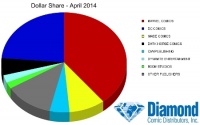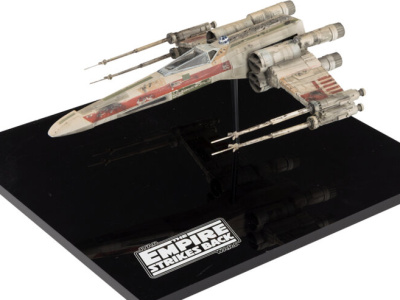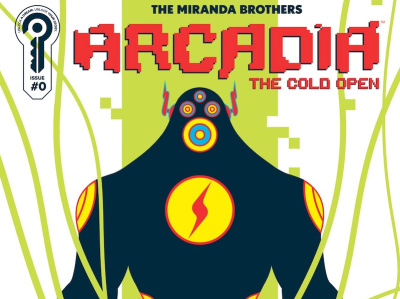 Comic buyers are shifting purchases from DC titles to those published by smaller publishers, according to an analysis by ICv2 of comic sales reported by Diamond Comic Distributors in the first four months of 2014. After the launch of DC’s "New 52" in September of 2011, the company enjoyed a period of popularity that included months when its market share was the best in the comic store channel, ahead of perennial rival Marvel (see, for example, "DC Crushes Marvel"). But this year, DC’s share is slipping, both in comparison to the "New 52"-fueled early months of 2012 and the more recent 2013, and that share is going to smaller publishers, including Image.
Comic buyers are shifting purchases from DC titles to those published by smaller publishers, according to an analysis by ICv2 of comic sales reported by Diamond Comic Distributors in the first four months of 2014. After the launch of DC’s "New 52" in September of 2011, the company enjoyed a period of popularity that included months when its market share was the best in the comic store channel, ahead of perennial rival Marvel (see, for example, "DC Crushes Marvel"). But this year, DC’s share is slipping, both in comparison to the "New 52"-fueled early months of 2012 and the more recent 2013, and that share is going to smaller publishers, including Image.DC’s average share in the first four months of 2014 dropped from 31.02% in 2012 and 28.48% in 2013 to 26.6% in 2014, a decline of 4.43% of share vs. early 2012.
Average DC Market Share January - April
2012 31.02%
2013 28.48%
2014 26.60%
Marvel’s average share of sales to comic stores in early 2014 was nearly identical to its share in early 2012, 34.44% vs. 35.49% in 2012, with a strong showing in April helping on the up side (see "Marvel Surged in April").
Average Marvel Market Share January - April
2012 35.49%
2013 36.90%
2014 35.44%
So the big increase in share came from the non-Big Two publishers, which grew from an average of 33.49% in 2012 to 37.96% in 2014.
Average Non-Big Two Market Share January-April
2012 33.49%
2013 34.63%
2014 37.96%
A good chunk of that 4.47% change was in Image; the company’s share grew from an average of 6.57% in the first four months of 2012 to 9.34% in the first four months of 2014, with a particularly strong showing in graphic novels in April (see "Image Dominates Top Graphic Novels").
Average Image Market Share January - April
2012 6.57%
2013 8.25%
2014 9.34%
It should be noted that since this analysis was based on the market shares reported by Diamond, and not on dollars, that it’s not a complete picture because the size of the months for which a publisher has a given share matter in looking at the totals (e.g., if two publishers have the same share of different months and the months are different sizes, the dollars sold are also different).
And it’s also important to note that this is a relatively short term trend, and similar share shifts have happened in the past with the Big Two grabbing back share when the creative tides shift. But a nearly 38% cumulative share for publishers outside the Big Two seems significant, especially when you look at the new original franchises that are emerging from Image.
The power of Marvel parent Disney and DC parent Time Warner becomes more apparent when you look at media exploitation of comic titles. Despite the fact that one of the biggest titles on TV is based on an Image title, the number of movies and TV shows based on Marvel and DC properties shows an overwhelming balance of power in favor of Big Two titles. And as long as that’s true, it’s going to be tough for the properties that originate with smaller comic publishers to cumulatively match the weight of the blue chip IPs owned by the Big Two.







